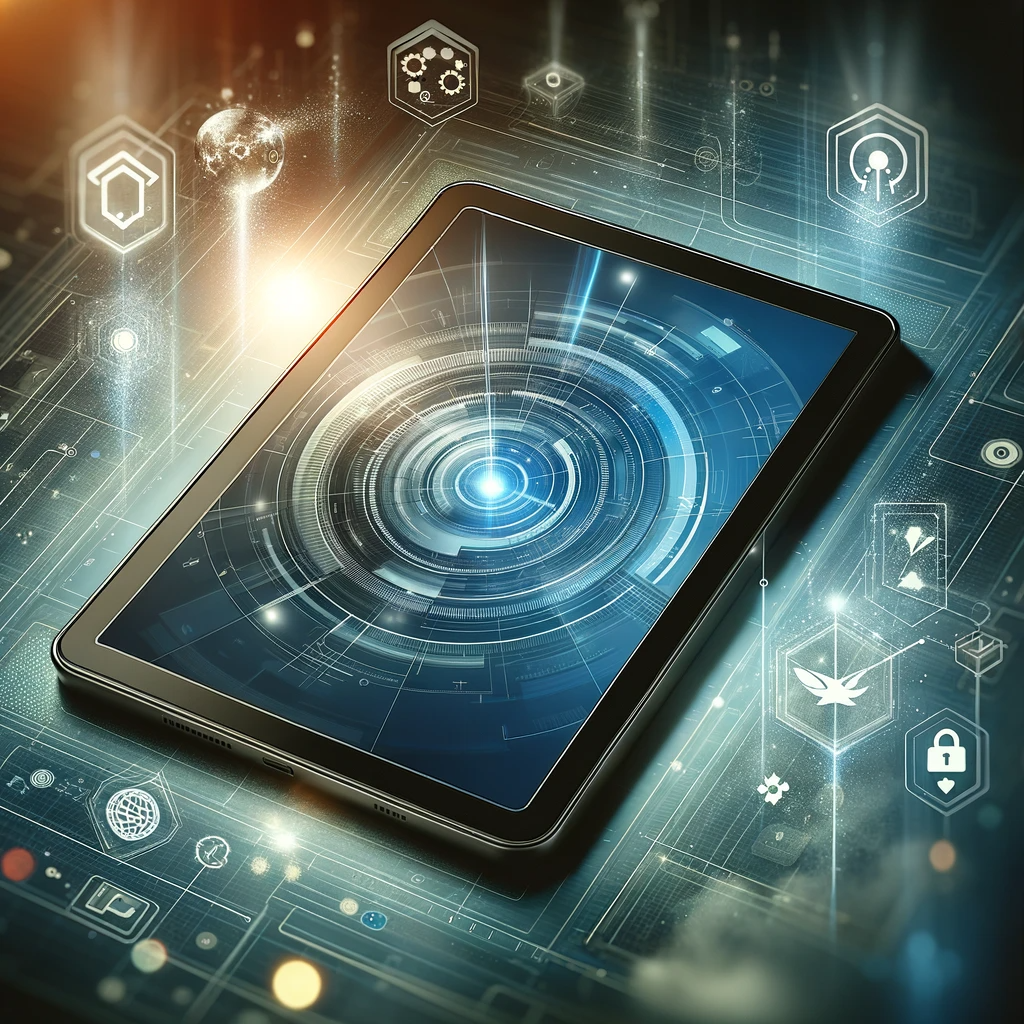In the fast-paced realm of mobile technology, tablets stand out as a testament to innovation and versatility. These devices, which seamlessly blend the functionality of smartphones and the computing power of laptops, have undergone a remarkable evolution. From their humble beginnings to becoming a cornerstone of modern digital life, tablets have continually adapted to meet the ever-changing demands of users worldwide.

The Dawn of Tablets
The concept of a tablet computer was not born in the digital age; it dates back to the late 20th century when visionaries dreamed of a slate-like device capable of computing tasks. However, it wasn’t until the early 2000s that technology caught up with this vision. The first generation of tablets was bulky, limited in functionality, and lacked the intuitive interfaces we see today. Despite these limitations, they laid the groundwork for the mobile computing revolution.
The Rise of Mobile Technology
The introduction of tablets marked a significant milestone in mobile technology. These devices offered a new way to consume media, browse the internet, and stay connected. With larger screens than smartphones but more portability than laptops, tablets carved out a unique niche. They were particularly appealing for reading, video consumption, and light productivity tasks, bridging the gap between entertainment and functionality.
Evolution of Design and Features
Over the years, tablets have undergone a dramatic transformation. Early models, often equipped with resistive touchscreens and styluses, evolved into sleek devices boasting capacitive displays that respond to the slightest touch. Manufacturers have continuously pushed the boundaries, reducing weight and thickness while increasing screen size and resolution.
Operating Systems and Ecosystems
The battle of operating systems has played a crucial role in the evolution of tablets. Initially dominated by Windows for its compatibility with PC software, the landscape changed with the introduction of iOS and Android, which offered more user-friendly interfaces and access to a plethora of apps. These platforms have driven the rapid expansion of tablet functionality, making them more than just consumption devices.
Connectivity and Performance
Today’s tablets are marvels of connectivity and performance. With options for Wi-Fi and cellular connections, they keep users connected wherever they go. The latest models boast processors that rival those found in laptops, making them capable of handling demanding tasks like video editing and gaming.
The Future of Tablets
As we look to the future, tablets continue to evolve. Innovations like foldable screens, augmented reality capabilities, and integration with IoT devices are on the horizon. Tablets are becoming increasingly central in smart home ecosystems, serving as control panels for a myriad of devices and services.
Conclusion
The evolution of tablets is a testament to the relentless advancement of mobile technology. From bulky and basic devices to sleek, powerful tools that fit in our bags, tablets have come a long way. They have not only changed how we consume content and stay connected but have also redefined what is possible with mobile computing.
